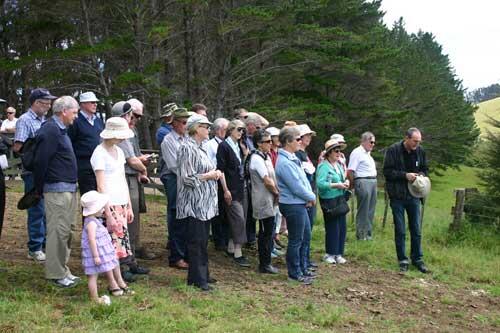
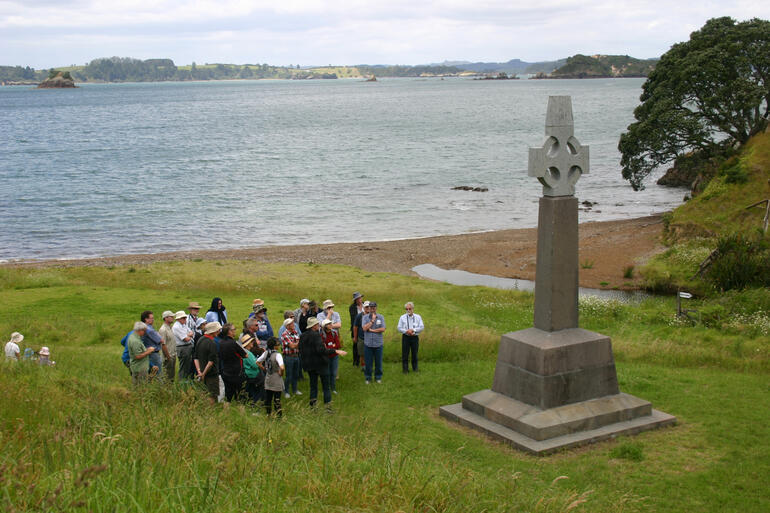
What did Samuel Marsden actually say at Oihi on Christmas Day 1814, and how did his hearers respond?
Papers from Bishop Kito Pikaahu and Australian Anglican David Pettett in the first sessions combined to set the tone of the recent Iwi Christianity Tauiwi Conference in Waitangi.
New insights jostled with known facts and revised interpretations in a stimulating three-day event, enhanced by the setting – the national Treaty grounds – and the politically lively context of the Ngapuhi treaty claim now before the Waitangi Tribunal.
In a sublime synchronicity, these early presentations from Sydney and Ngapuhi Anglicans set the whole New Zealand Religious History Association Conference on an interesting trajectory.
While no written record of Marsden’s sermon or the Ngapuhi response survives, the Pettett and Pikaahu papers combined oral history and scholarship with a bit of speculation to come up with a vivid account of that first formal encounter between Maori and the Gospel.
Former missionary the Rev David Pettett, a PhD student at Macquarie University (as well as being manager of prison and hospital chaplains in Sydney Diocese), suggested that Marsden had some grasp of the Maori language and preached his 1814 Christmas sermon in Maori.
Marsden had spent some years with Ruatara before his arrival in New Zealand, conversing in Te Reo Maori, and it is on record that he wrote down a Maori/English vocabulary.
So rather than translating from English, David Pettett claimed that Ruatara ‘explained’ the Christmas Day sermon when Marsden's language failed or the concepts needed interpretation.
David has also done a 'Q' synoptic-type analysis using three later Christmas sermons of Marsden to create a text of what he might have said at Oihi – in English.
Certainly, Marsden got his message across. Bishop Kito supplied the conference with Te Kauwhau a Hamuera Matenga: Te Hari a Ngapuhi, a 1956 article by Hoterene Keretene, and gave a stirring rendition of the ‘dance of joy’ with which Ruatara’s people responded.
The waiata refers to the coming of Pipiwharauroa, traditionally the harbinger of spring in these islands – a reference made all the sweeter by a burst of song from just such a bird during the formal welcome at the whare runanga Te Tiriti o Waitangi in the Treaty grounds.
Spread and depth of the Gospel
While the Te Reo Maori sermon claim got the 140 conference members excited, there was plenty more scholarship to consider and evaluate in the 24 conference papers, which ranged from a wide-angle lens to extreme close-up.
Allan Davidson gave an overview of Protestant missionary societies (‘the fortunate subversion of the Church’), Manuka Henare’s paper took in a broad sweep of local economy in examining Hongi Hika’s encounter with the Gospel from 1800-1827, Vivienne Caughley focused tightly on the embroidery codes in the King Family samplers from 1814-1855, and Malcolm Falloon looked at Christian Rangi, the first Maori convert baptised by CMS missionaries.
A visual reflection on Waitangi – Reflecting Waters from Bishop Muru Walters contrasted with the minutiae of mission life in Angela Middleton and Ian Smith’s account of the archaeological dig at Oihi (also known as Hohi).
Papers examined Gospel responses in different peoples and regions – Nga Puhi, Ngati Porou, Ngati Kahungunu, Pito-one, Te Wai Pounamu.
Australian papers looked at the background and aftermath of the Boyd incident in 1810 and the Maori seminary which operated from 1815-27 at Parramatta mission station in New South Wales.
Of course it wasn’t all Good News. The set-backs that followed the retaliation over the Boyd, the association of missionaries with the musket trade, the Treaty translation(s) and land alienation, and church attempts to set up a training college near Wellington which led to the declaration of the Treaty as ‘a simple nullity’ in law… all got an airing.
So did missionary moral influence in racial politics and the exclusion of their role in recent secular histories.
It is also time that relationships in early 19th century in New Zealand were re-evaluated.
“Nobody has paid sufficient attention to the way Maori converted missionaries,” was how Knox Professor John Stenhouse put it in the final paper. He believes New Zealand historical scholarship needs to place a new emphasis on “missions, humanitarianism, Maori Christianities and racial politics.”
In such an endeavour, the Iwi-Christanity-Tauiwi conference was a good start.
• More information,including speaker and paper details, from www.gospel2014.org/conference







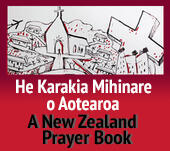
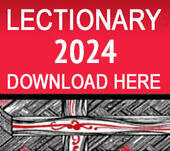


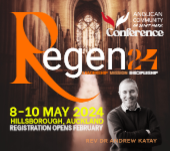





Comments
Log in or create a user account to comment.